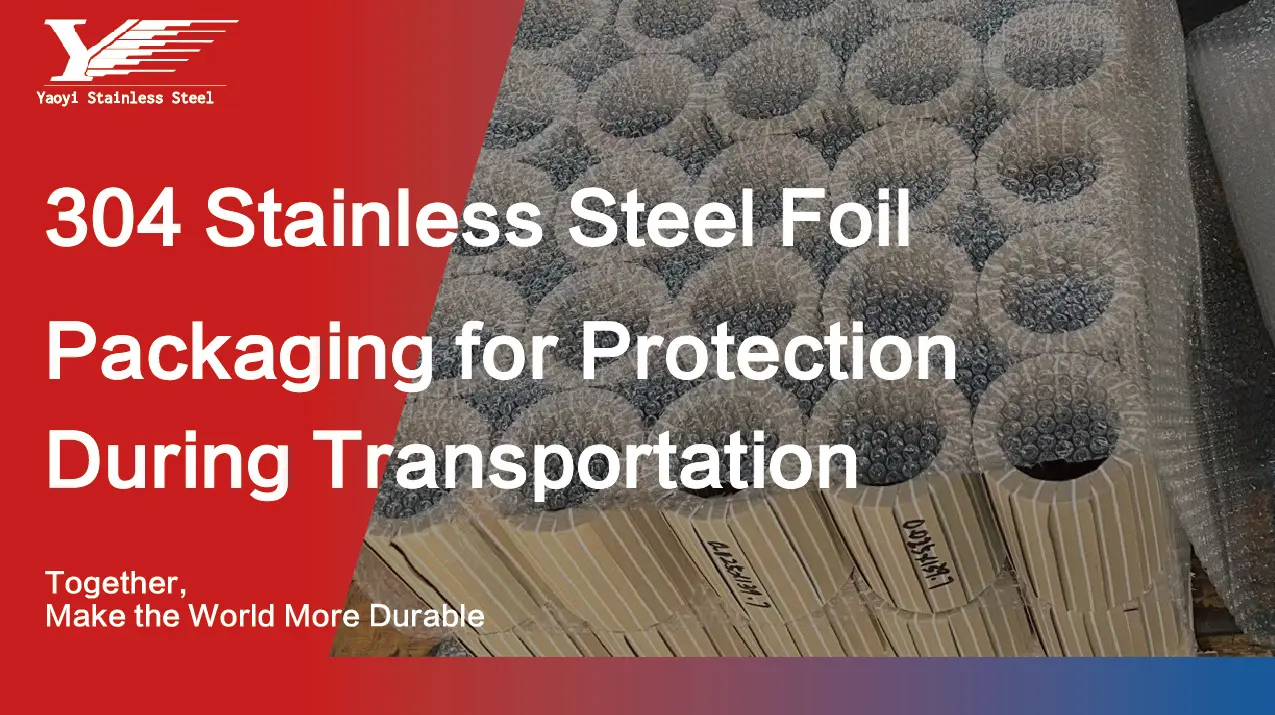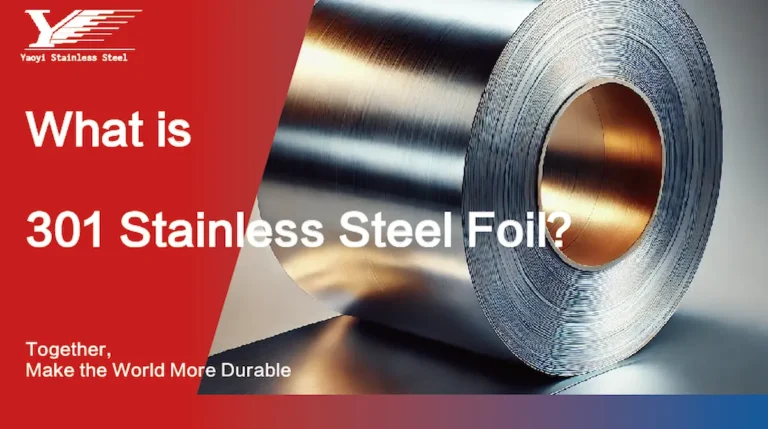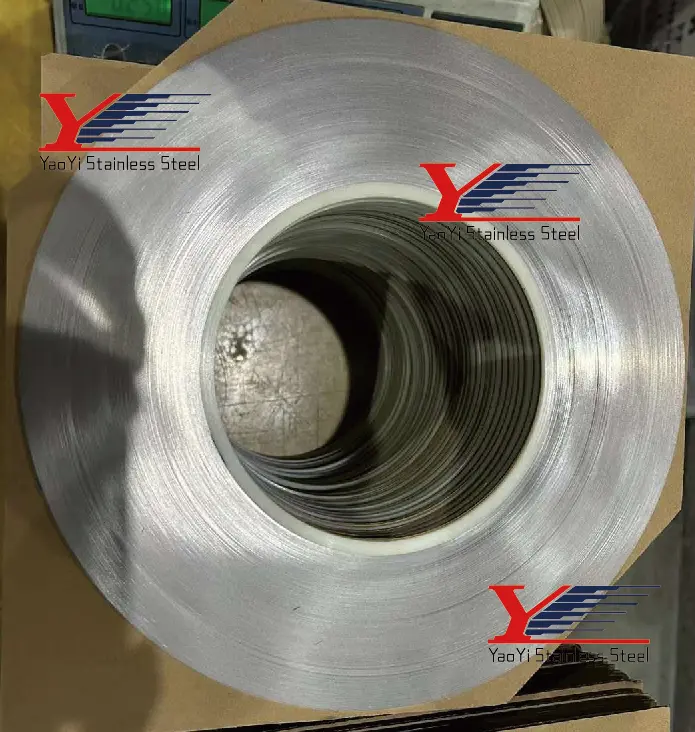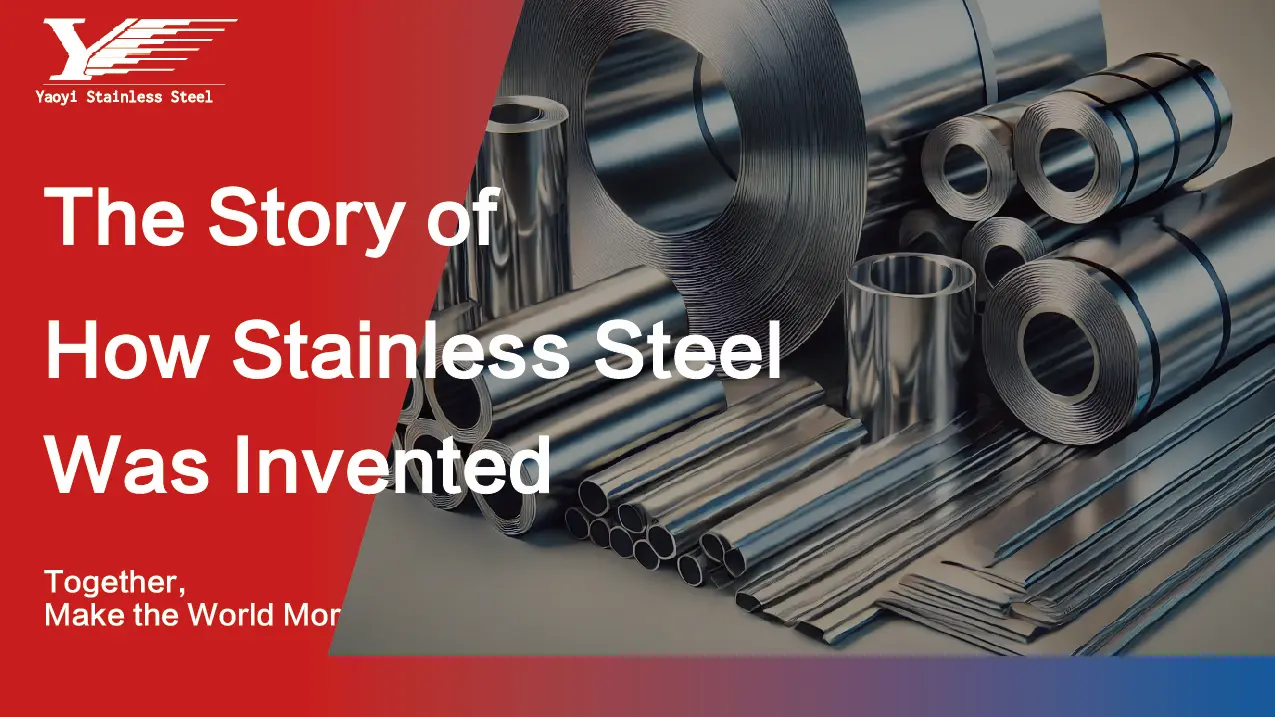
304 Stainless Steel Foil Packaging for Transport Protection
When transporting 304 stainless steel foil, proper packaging is crucial to protect the delicate material from damage, moisture, and external

301 stainless steel foil (301 ss foil) is a versatile material known for its strength, flexibility, and corrosion resistance, widely used in various industries where durability and formability are key. This austenitic stainless steel offers excellent resistance to both atmospheric and chemical corrosion, making it an ideal choice for components exposed to harsh environments. Its ability to be formed into intricate shapes without sacrificing structural integrity highlights the foil’s adaptability across applications, ranging from automotive parts to electronic components. At its core, 301 stainless steel foil balances strength and workability, ensuring that it remains a top-tier choice for engineers and designers seeking material reliability.
301 stainless steel foil is austenitic stainless steel, which belongs to the 300-series family, and is known for its excellent corrosion resistance and tensile strength. The addition of chromium and nickel enhances its ability to withstand various environmental stresses, making it suitable for both industrial and consumer goods applications. One of its most distinguishing characteristics is its ability to undergo significant work hardening. The more it is cold-worked, the stronger it becomes, while still retaining flexibility. This makes 301 ss foil an optimal choice for industries requiring precision parts that can withstand mechanical strain without degradation.

Industries across the globe rely on 301 stainless steel foil for its unmatched durability and adaptability. In automotive manufacturing, for example, its ability to form lightweight yet strong parts without sacrificing performance is essential. Aerospace industries also turn to 301 ss foil for its high tensile strength, ensuring that even the smallest components, like connectors or seals, maintain structural integrity under extreme pressure and temperature conditions. Its application extends to consumer electronics, where the foil’s thinness and resilience enable precise yet durable parts.
| Element | Composition (%) |
| Carbon (C) | 0.15 max |
| Manganese (Mn) | 2.00 max |
| Phosphorus (P) | 0.045 max |
| Sulfur (S) | 0.03 max |
| Silicon (Si) | 1.00 max |
| Chromium (Cr) | 16.00-18.00 |
| Nickel (Ni) | 6.00-8.00 |
As Dostoevsky may ponder, one can imagine the sheer tension that exists within the very structure of 301 stainless steel foil. A material, not unlike the human soul, is molded by the forces applied to it, growing stronger with each trial, yet flexible enough to adapt to the ever-changing demands of the world around it. The way this foil can be shaped and reshaped reflects life’s capacity to endure, even when faced with relentless adversity. In this constant state of flux, we see the essence of 301 ss foil, a resilient force, embodying both strength and malleability, poised for the challenges ahead.

When transporting 304 stainless steel foil, proper packaging is crucial to protect the delicate material from damage, moisture, and external

The invention of stainless steel, often hailed as one of the most significant breakthroughs in metallurgy, was attributed to Harry